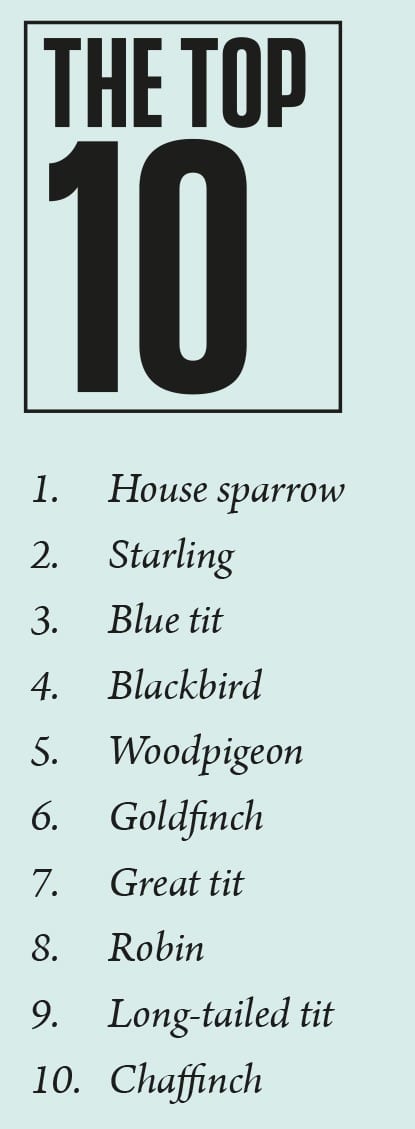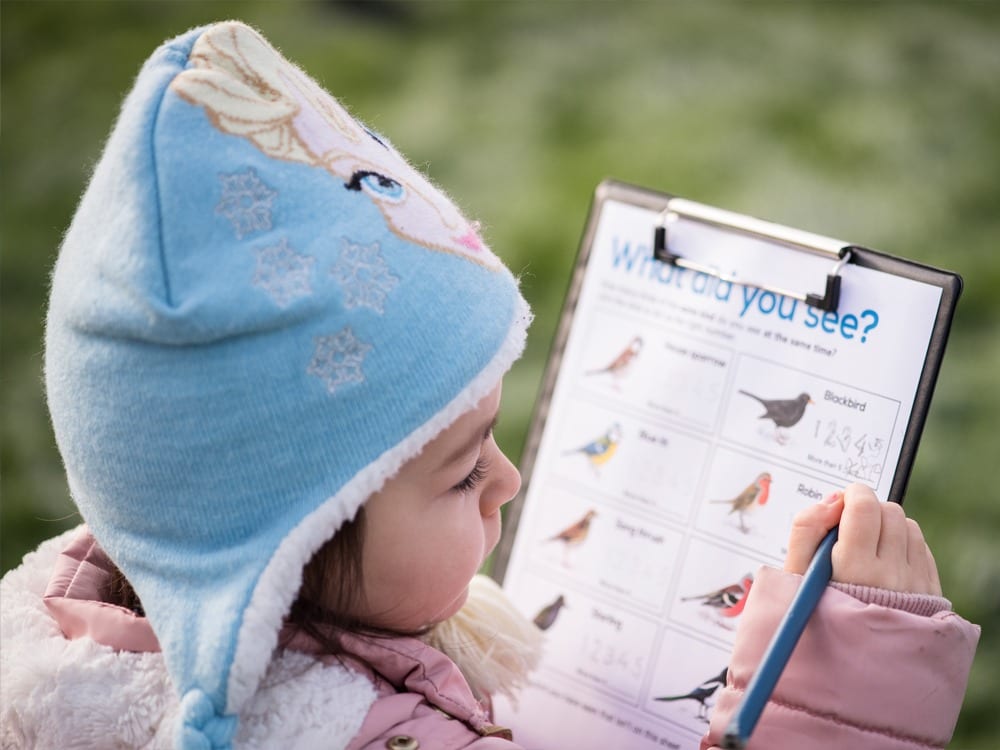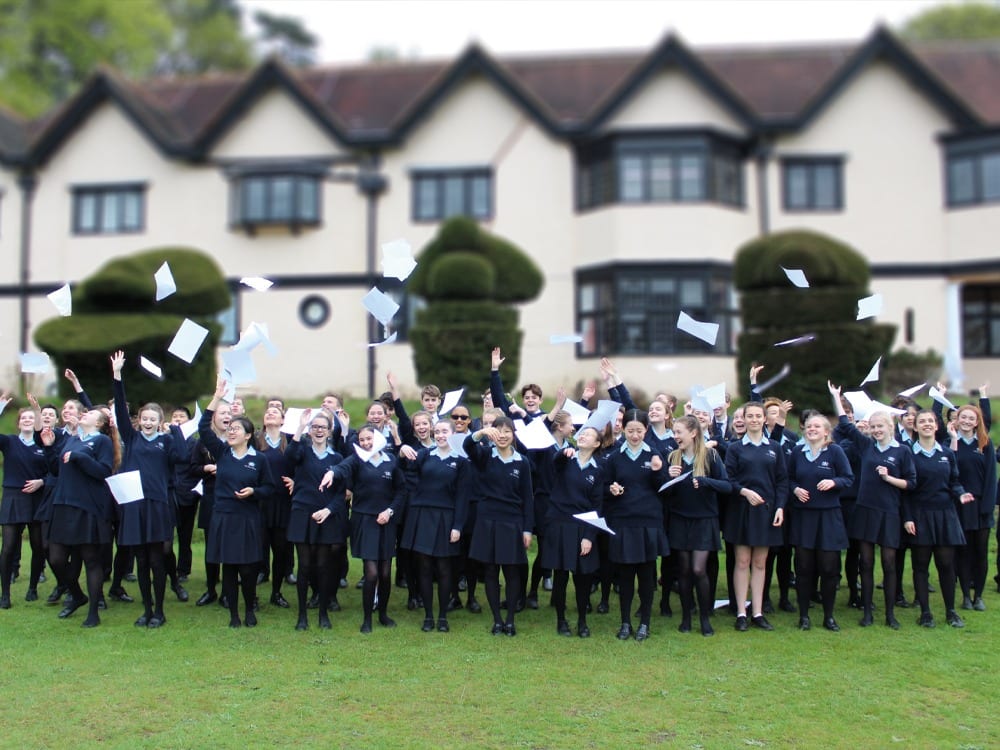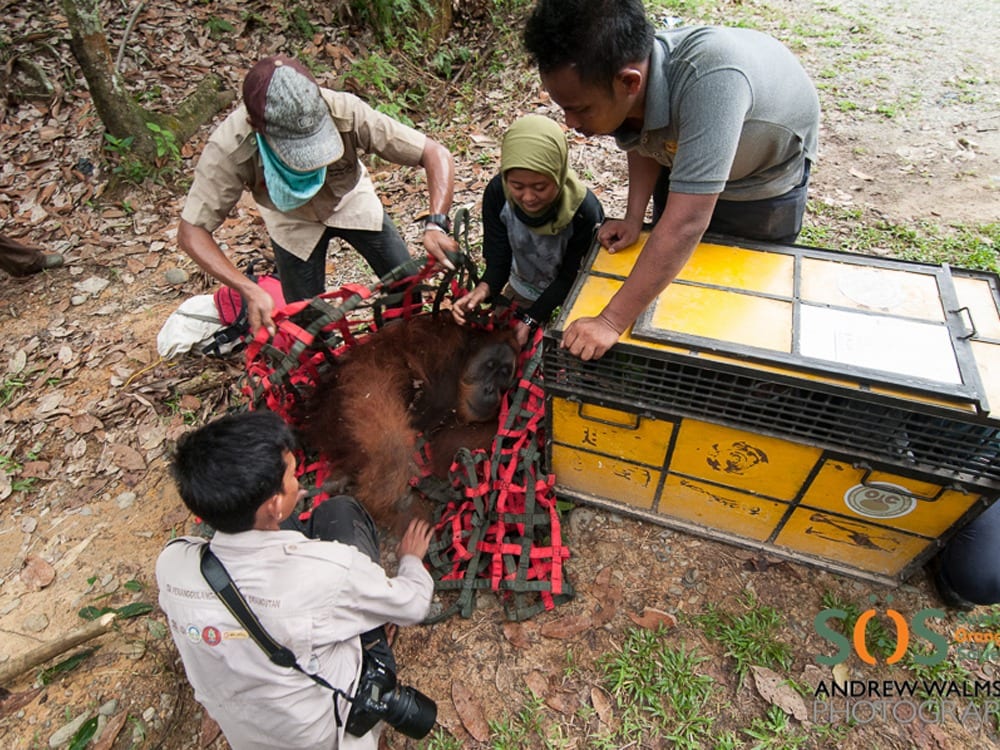Journey deep into the ocean with Blue Planet II – Live in Concert – a feast for your eyes and ears…
The wonders and mysteries of our oceans will once again be centre stage when Blue Planet II – Live in Concert comes to London’s O2 Arena offering a visual, audio and spectacular concert experience.
Due to popular demand, an additional matinee show has been added to the diary and Blue Planet II – Live in Concert will share showstopping moments from the BAFTA award-winning BBC One series.
The natural wonders of our blue planet will be highlighted in breath-taking detail, projected on to a giant 4k Ultra HD LED screen all to the accompaniment of the City of Prague Philharmonic Orchestra.
The concert, which will be hosted by BBC presenter Anita Rani, will feature such memorable moments from the TV series as the crab and eel rock pool chase and the sea lion tuna hunt.
And Anita admits she can’t wait to part of it, she says: “The penny hasn’t quite dropped that I’m hosting it because I will be standing there in front of 12,000 people at The O2 and all the various arenas that we’re going to and holding the show together. It’s such an honour to be asked to do this show.”
To be precise, Blue Planet II was more than a show on TV she adds, calling it a moment of television history. “If you watched it, and loved it, then you cannot afford to miss this live tour because it’s a fully immersive experience.
“You’ll be able to see those iconic moments – surfing dolphins on a huge screen with an 80-piece live orchestra playing that incredible soundtrack by Hans Zimmer,” she enthuses.
But Blue Planet II goes further than even that, showing the power of TV and the way in which it changed people’s attitudes towards single-use plastic. Anita adds: “It made us aware of the damage we are doing to our beautiful planet and our oceans.”
During the filming of Blue Planet II, crews embarked on 125 expeditions, travelled to 39 countries and spent more than 6,000 hours of deep sea diving armed with the latest state-of-the-art equipment.
She is full of praise for the four years it took to film the show saying it “opened our eyes to an alien world”, adding: “It was the talking point for everybody at work the next day. It tells you something about humanity, it tells you something about our planet. It’s something that is embedded, it’s not like watching an entertainment show that is fun and entertaining, watching Blue Planet II hasn’t left me. Those scenes are with us forever.”
Join the voyage of discovery and enjoy an experience like no other with Blue Planet II – Live in Concert on Sunday, 17th March, at 3pm.
![]() Tickets are available from www.AXS.com, www.eventim.co.uk, www.seetickets.com and www.blueplanet2live.co.uk
Tickets are available from www.AXS.com, www.eventim.co.uk, www.seetickets.com and www.blueplanet2live.co.uk

















